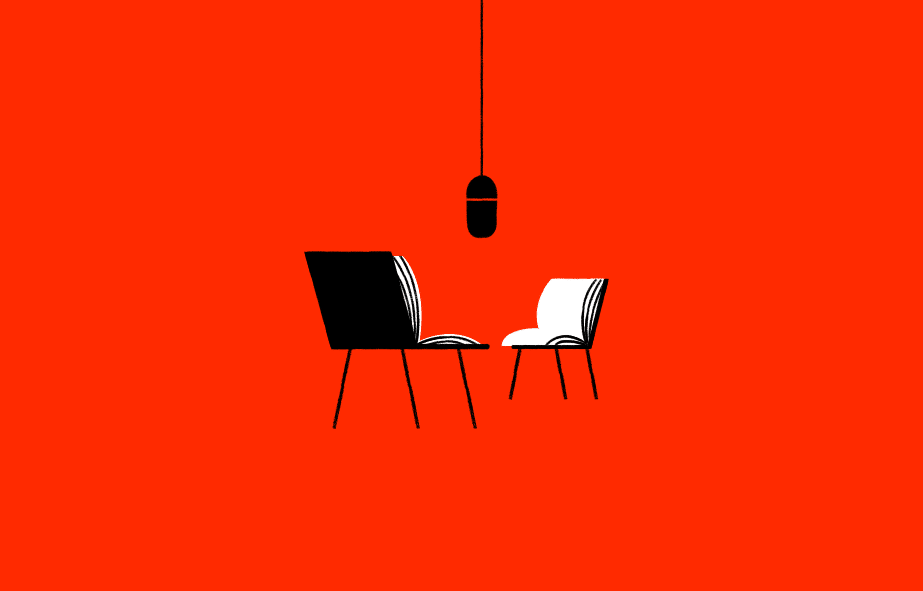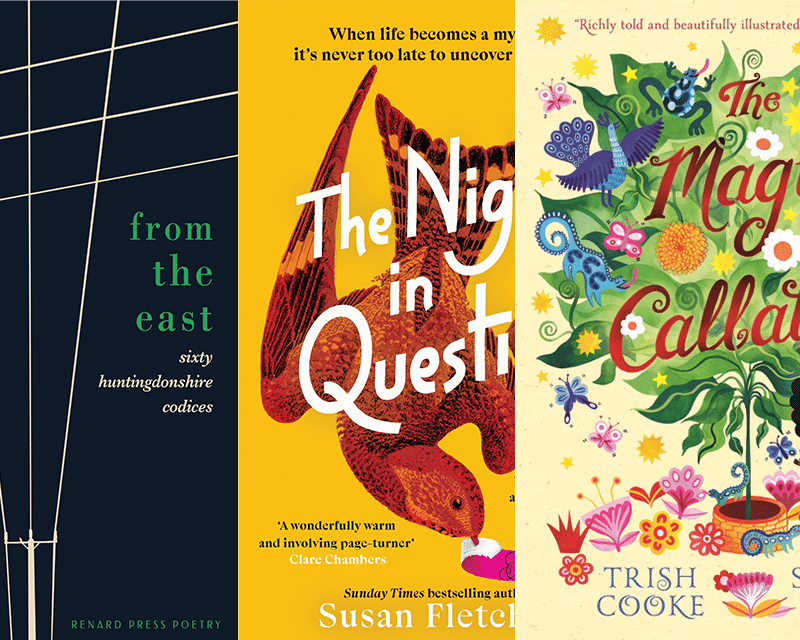- Collected
- Article
Flow Versus Feed
Absorption and addiction in the age of social media

- 2 July, 2018
- Kona Macphee
Gradually but inexorably, the outside world slips away. Concentration intensifies as the butterfly mind falls silent, relinquishing its habitual inner monologue. Time passes unnoticed; seconds slide into minutes, into hours. If the body is growing hungry or uncomfortable, its grumbles go unheeded. In this strange state of consciousness, at once enhanced and compressed, the self itself seems to have disappeared. The sense of liberation would be profound, if only anyone was ‘at home’ to notice it.
Where can you find this wholly immersive experience? Deep in some kind of exotic meditation? Floating in a once-fashionable sensory-deprivation tank? Off your head on the fruits of some illicit pharmacopoeia? Possibly, but there’s an easier route: the ordinary human experience of flow.
Flow is the name given by Hungarian psychologist Mihaly Csikszentmihalyi to a psychological state ‘in which people are so involved in an activity that nothing else seems to matter; the experience is so enjoyable that people will continue to do it even at great cost, for the sheer sake of doing it.’ Csikszentmihalyi sees flow as an important component of happiness, because ‘the best moments [in our lives] usually occur when a person’s body or mind is stretched to its limits in a voluntary effort to accomplish something difficult and worthwhile.’
Artistic activity provides a common doorway into the flow state, as painters, writers and composers can attest. Other forms of creativity are equally effective: just ask the architect, the cabinet-maker or the garden-shed inventor. I’ve regularly experienced flow during activities as diverse as writing a poem, designing a logo, developing a software program or laying out a new flower bed. Creativity is not an essential ingredient, however; flow can be also reached through physical effort, such as sports training, or even through seemingly repetitive but skilled tasks such as tiling a roof, embroidering a dress or buffing imperfections out of a car’s paintwork.
According to Csikszentmihalyi, being in the state of flow provides a feeling of relaxed mastery and effortlessness, a change in the perception of time, a disappearance of self-consciousness and a profound sense of fulfillment. He suggests that achieving flow requires a task which has clear goals and provides real-time feedback regarding how well you’re doing. A flow-inducing task must allow for a high level of focussed concentration, while providing a good balance between challenge and existing skill (in other words, it must be neither boringly trivial nor demoralizingly over-difficult).
The degree of absorption produced by flow can be quite remarkable. When flow-fully engaged in a task, I’m notoriously oblivious to attempts at communication by the rest of my household. I once spent an entire day in the depths of winter diagnosing a faulty computer network, completely unaware either that the nearby front door was wide open and admitting a Siberian blast, or that my spouse was busy repairing the door frame with a succession of noisy power tools. (Apparently I ‘came to’ at the end of the day and said ‘Oh! The door’s fixed. When did that happen?’)
Similarly, a writer friend recently described an example involving her rather naughty miniature dachshund: ‘On Sunday I was so immersed in what I was doing that I didn’t notice [the dog] had come in to the study and she actually managed to poo on my Ugg boot while I was wearing it and without me noticing until the deed was done. How vacant am I? We’re calling it her “poo coup”.’
Flow, of course, is not the only way to become wholly absorbed in something, and to lose both external awareness and hours of time. In recent years, many of us have discovered the ‘stickiness’ of social media platforms like Facebook, Twitter and Instagram; we open them up ‘just for a quick look’, and then surface much later from an apparent daze, necks cricked, having inexplicably scrolled through reams of uninteresting posts and semi-coherent ‘conversations’, and clicked on a plethora of ultimately disappointing links. We vow to stop wasting so much time in future, and then we do it all again the next day, despite ourselves.
It came as no surprise when Sean Parker, an early Facebook backer and the company’s first president, recently acknowledged that the social media titan’s service was designed to be addictive. ‘The thought process [behind Facebook] was all about “How do we consume as much of your time and conscious attention as possible?”’ He argued that Facebook was deliberately using social validation and ‘a little dopamine hit every once in a while’ to get users hooked; ‘you’re exploiting a vulnerability in human psychology[…]. God only knows what it’s doing to our children’s brains.’ Perhaps we already know what it’s doing; consider technology commentator Taylor Lorenz’s description of today’s teenagers and their experience of intensely focused, dopamine-seeking aimlessness:
Phone boredom occurs when you’re technically ‘on your phone,’ but you’re still bored out of your mind. It’s that feeling when you’re mindlessly clicking around, opening and closing apps, looking for something to do digitally and finding the options uninteresting. [...] today’s teens say they’ll sometimes open and close up to 20–30 apps, hoping that something, anything, will catch their attention.
I was a reasonably early adopter of social media, signing up to Facebook in 2007 and Twitter in 2009 and using them both with a fairly typical level of compulsiveness. (I was also an early abandoner, deleting both accounts at the end of 2013 to escape what I realised was an increasingly unhappy addiction.) I was interested, and a little dismayed, by the ability of these platforms to hook and hold my attention, while never seeming to reward it with much of real and lasting value. A session on Facebook seemed oddly akin to the experience of opening a large packet of crisps on a long train journey, and then absent-mindedly munching my way through the whole lot: vague yet compulsive, bloat-inducing, and in the end quite unsatisfying. It felt like the evil twin of the flow experience, with all of the immersion but none of the profound intrinsic rewards. Why?
On reflection, the answer seems clear: most of the key elements required for experiencing flow are missing from a typical bout of social media self-distraction. For example, there’s usually no specific goal you’re working towards, and thus no sense of what a ‘successful’ outcome might be. Additionally, once you’ve grasped the basics of the tools, there’s no particular skill involved in following links or posting comments, photos or tweets, meaning the element of challenge is missing. So where does this time-gobbling, ultimately hollow ‘pseudo-flow’ immersion come from? I’d suggest that Sean Parker is right: it’s a by-product of those dopamine-inducing fixes of likes, comments and fresh snippets of ‘tempting’ content. Those little light-up notifications, those shiny new fragments of information appearing in your feed, reward your relentless page-refreshes in a way that apes the role of ‘real-time feedback’ in the flow experience, but doesn’t actually provide any useful information to help you learn, grow, or stretch to new heights of accomplishment.
Sean Parker is not, of course, the only commentator now expressing concerns about the social media ‘attention economy’ and its deeper implications for individual mental health, personal privacy, the spread of misinformation and the vulnerabilities of democratic electoral processes. Not before time, governments, societies and individual users are weighing up the merits and perils of social media and looking for constructive ways to fight back against their most pernicious effects.
When you’re trying to conquer an addiction, it’s often suggested that you deliberately replace a bad habit with a good one: chewing sugar-free gum in place of smoking, or reaching for a packet of dates instead of a packet of donuts. Do you feel bad about wasting time on social media? Are you unhappily addicted to Facebook, Twitter, Instagram? Here’s a suggestion. The lure of the feed is hardest to resist when you’re feeling bored and aimless, and as the phenomenon of ‘phone boredom’ suggests, social media consumption can actually increase those feelings, provoking a vicious circle. Instead of guiltily spinning around that cycle of social media addiction, why not make a positive intervention to break it? There’s no better antidote to boredom and aimlessness than the immersive, life-enhancing state of flow. Don’t vow, grimly, that you’ll ‘fight hard to stay off Facebook today’; instead, try seeking out an alternative activity that draws you deep into the wonderful state of flow, and lose yourself – and perhaps even find yourself – there.
You might also like:
No facts, only versions
Memoirs are as much about what is excluded as what is included. This edition examines how you can evoke the…
RLF Fellows’ News: April 2024
Publishing News RLF Fellow Trish Cooke’s new children’s book, The Magic Callaloo, is set to be published by Walker Books…
Susan Fletcher on outsiders in fiction – literal and imagined
I’ve always known that I’ve preferred to be outside. To be an outsider – literally, and, specifically, amongst wild places…


